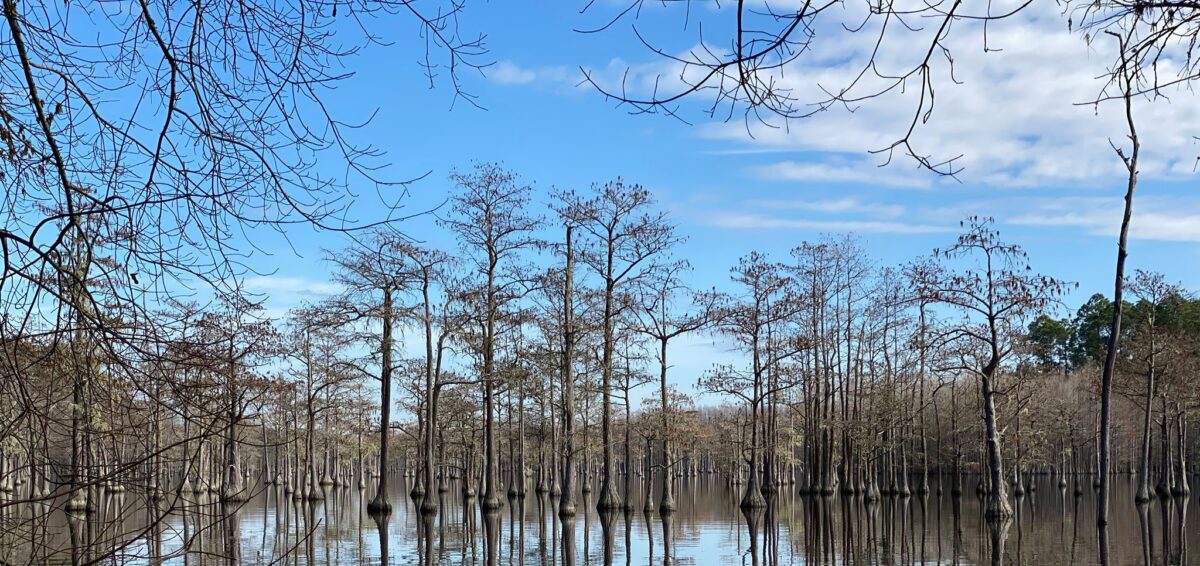Over the weekend The New Republic posted an article, “Obama’s New Rules are a B.F.D. The Ensuing Political Fight May Be Even Bigger” about carbon pollution rules (Greenhouse Gas or GHG) the Environmental Protection Agency will release On June 2 next week. These rules will be directed toward existing sources of carbon pollution, the majority of which are coal-fired power plants.
Recognizing and acting on carbon pollution has been a long time coming in the United States. We’re the last car on the train of developed countries acknowledging and acting upon the mounds of scientific and economic data pointing to the damage that has been done, and continues to grow, by unfettered coal fueled carbon pollution.
There’s another story to tell about coal plants, but it isn’t be told often enough, or loudly enough. Why?
Coal plants aren’t found in gated communities, middle class neighborhoods, or private schools campuses. Coal plants aren’t problems for elected officials or businesses unless the issue is air quality or water resources, or until those who bear the weight of coal show up at government or shareholder meetings demanding action. Coal plants are stashed away in communities of color, low income, low education levels, poor health status, and rural America.
Facing South said this about who we are:
- Number of Americans who live within three miles of a coal-fired power plant, which
 typically stores toxic coal ash waste in unlined pits that aren’t currently subject to federal oversight: 6 million
typically stores toxic coal ash waste in unlined pits that aren’t currently subject to federal oversight: 6 million
- Their average per capita income: $18,400, average per capita income for U.S. residents overall: $21,587
- Percent of people living within three miles of a coal plant who are people of color: 39
- Number of the nation’s 378 coal-fired power plants that received an “F” in a 2012 report because they’re responsible for a disproportionate amount of pollution in low-income and minority communities: 75
- Average per capita income of the 4 million people who live within three miles of those failing coal plants: $17,500, percent who are people of color: 53
- Average per-capita income of people living within three miles of Duke Energy’s Dan

photo from Catawba Riverkeeper Plant near Eden, N.C., where a Feb. 2 coal ash spill has contaminated the waterway for 80 miles downstream: $15,772
- Percent of the residents of Danville, Va., a community downstream of the spill that draws its drinking water from the Dan, who are people of color: 53.3
- Risk of cancer for people living within a mile of unlined coal ash pits: 1 in 50
- Number of times that exceeds what the Environmental Protection Agency considers an acceptable risk: 2,000
- Number of times more likely it is for someone living near a coal ash pit to develop cancer than someone who smokes a pack of cigarettes per day: 9
Coal plant communities didn’t choose to be the dumping ground for America’s dirtiest energy source.
The renewable energy revolution and putting the brakes on climate change won’t be led by industry and government alone.
We’ve had enough. And we’re making it a B.F.D.





